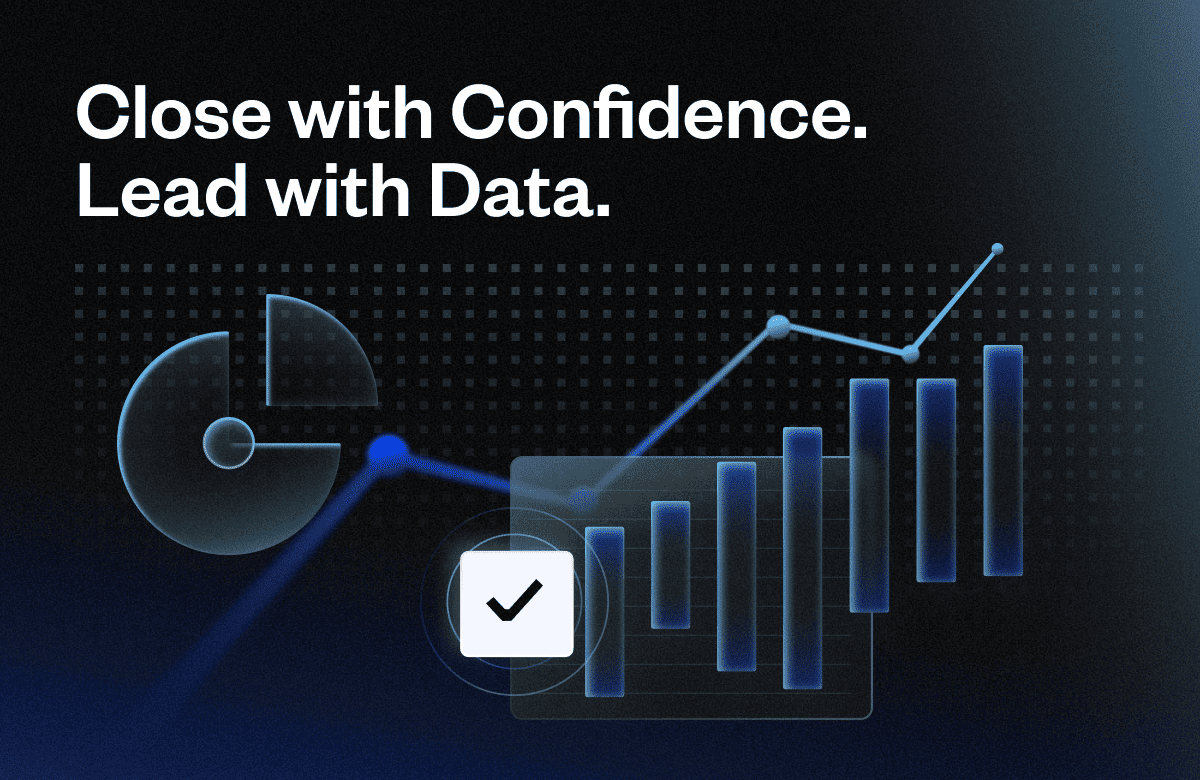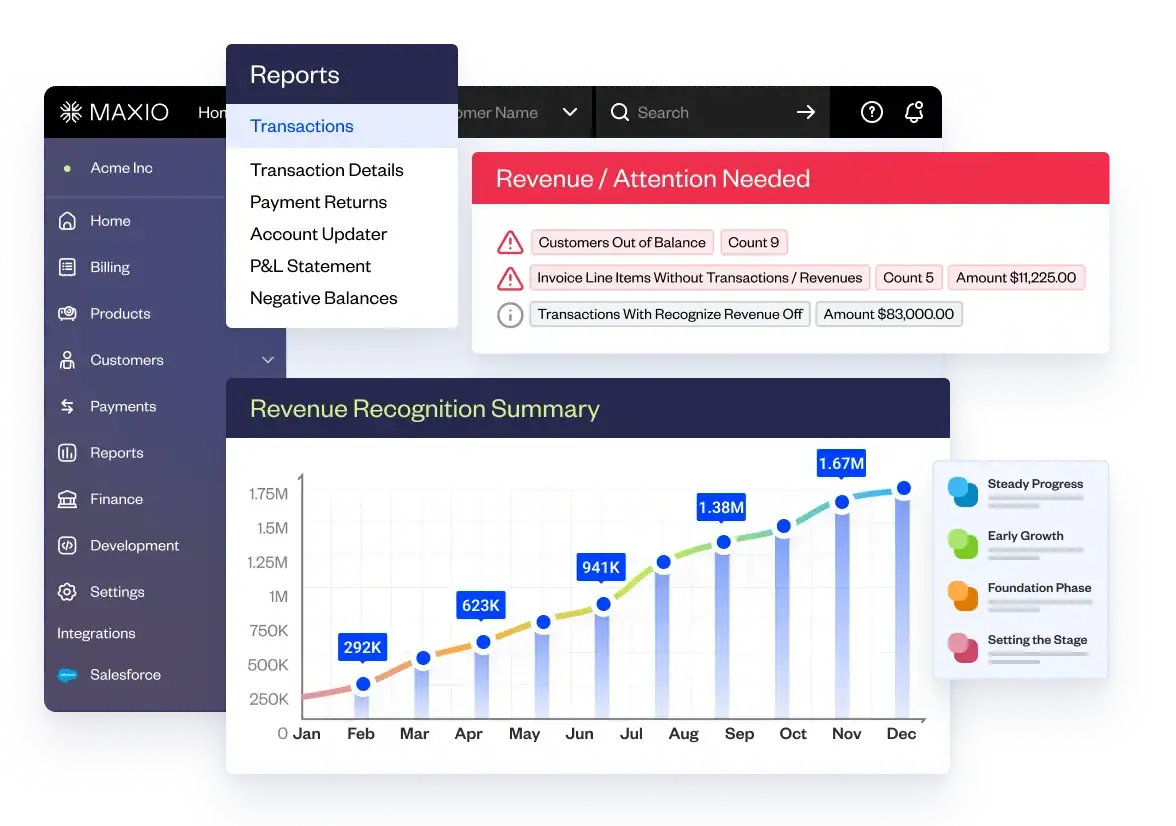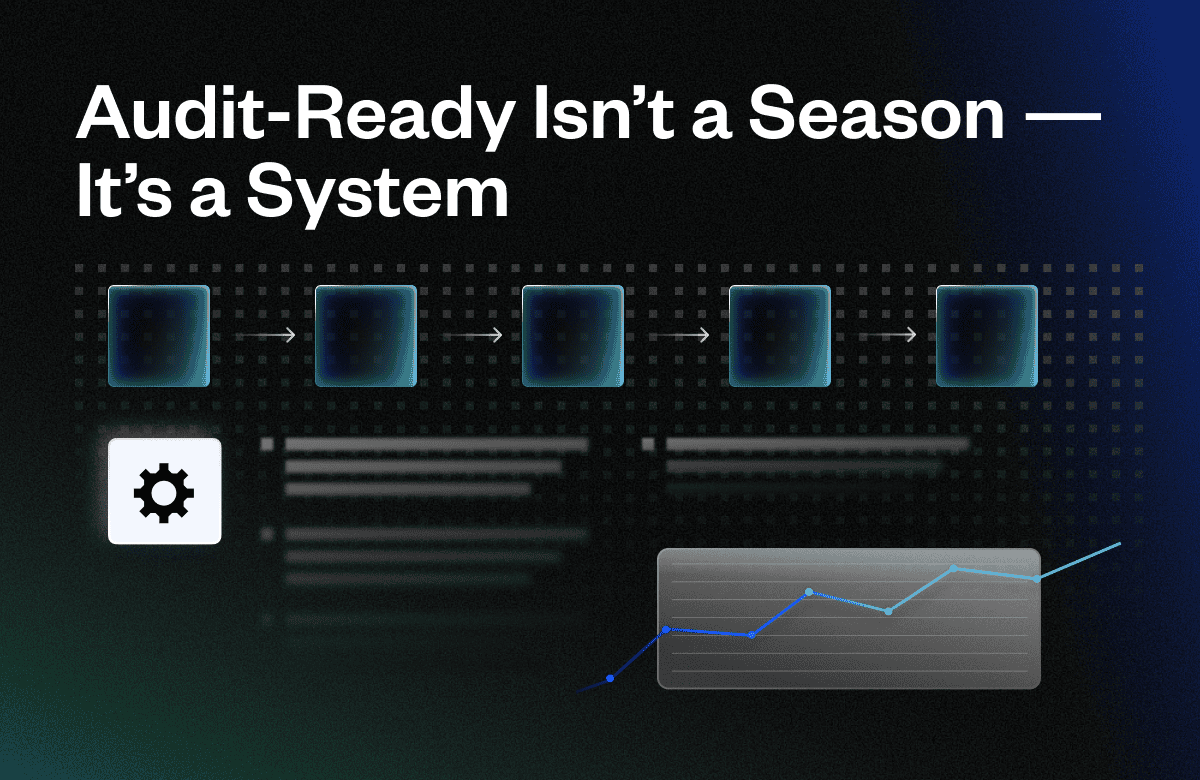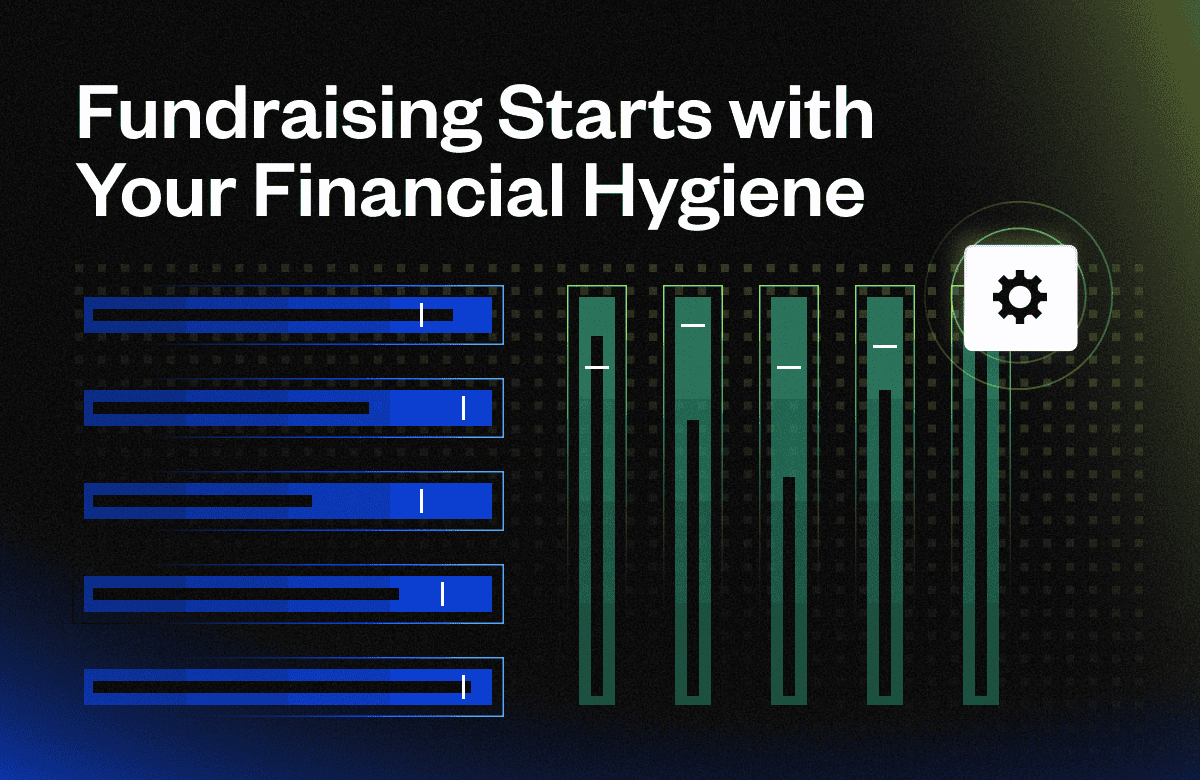As a SaaS CFO, I can tell you the speed of your month-end close is more than a metric. It is a signal to your investors, your Board, and your leadership team about how in control your finance function really is.
During a recent webinar, my cohost shared his experience adopting a chaotic 30-day close, where it would take a full 30 days to report on the prior month. It made their team slow to course-correct and slower to respond to strategic questions from leadership. While it is dramatic, it isn’t a unique experience in SaaS. The reality is, speed to close is not just about efficiency. It is about insight. And insight is where real value is created. We’re seeing the controller role evolve in real time, where their value is not just ensuring the books are closed efficiently and correctly. They also take time to ensure data is ready for more in-depth analysis across multiple stakeholders.
Why the 5-Day Close Matters
The five-day close has become the gold standard for modern finance teams. But speed is only half the equation. The greater half of the equation is centered on adopting a strategic mindset. It signals operational excellence and positions finance as a decision-making engine. Here’s what that looks like:
- Revenue recognition is automated, consistent, and tied to clearly defined rules
- Bookings, billings, and revenue are reconciled in real time, not retroactively
- Finance, sales, and customer success are aligned around a single source of truth for ARR and MRR
- The close delivers not just financials, but actionable insights for GTM and product leaders
- Every line item is traceable, auditable, and ready for investor scrutiny or due diligence
This is what I call a controlled close. And it is what separates high-performing finance teams from those constantly playing catch-up.
What Slows Teams Down
You’ve probably noticed that this blog is primarily focused on the revenue portion of the close. This is a very intentional choice. In my experience, closing revenue is typically the most complicated portion of close deliverables. When you get revenue close down everything else gets easier.
There are three common barriers I see that slow revenue close:
- Disconnected systems that do not talk to each other
- Over-reliance on spreadsheets
- Undefined or inconsistent revenue recognition policies
Without automation and integration, even the best finance pros are forced into manual work that eats up time and increases the risk of error.
The Real ROI
Freeing up time is a very real and tangible benefit from a stronger close. With only so many hours a month, accounting teams must balance always-on monthly tasks with one-off operational projects. Making month-end more efficient means accounting can begin chipping away at the list of projects collecting dust. The benefits also go beyond accounting. Faster closes trickle down cross-functionally.
- Enable faster FP&A cycles
- Improve Board reporting
- Build confidence with stakeholders
- Tie metrics to product goals and strategy
- Lay the foundation for due diligence
In the companies I work with, moving from a 15-day to a 5-day close often unlocks real ROI. We are talking about faster decisions, better forecasting, and fewer surprises.
How to Get There
- Map the full quote-to-cash process
- Understand where data originates (CRM, contracting, invoicing), how it flows (subscription management, GL), and where it breaks. Your close is only as strong as the flow of your operational data.
- Eliminate the patchwork of spreadsheets
- If you are reconciling ARR in Excel or managing MRR schedules manually, you’re bottlenecking your close. Move this into systems where rules, automation, and audit trails exist.
- Centralize contracts and standardize terms
- A messy contract process creates noise in your data. Contracts should be digital, searchable, and mapped to structured revenue schedules. That’s what makes revenue predictable—and diligence-ready.
- Enrich your accounting data with metadata
- This goes beyond GL codes. It means tagging transactions with customer segments, product lines, geographies, and sales channels. Why? Because strategic finance isn’t just about total revenue—it’s about where it’s coming from and how it’s performing.
- Build toward AI-readiness
- You don’t have to adopt AI today. However, your systems need structured, repeatable, connected data if you want to automate variance analysis or forecasting in the near future. It starts with standardizing naming conventions across platforms like Salesforce, Maxio, and your GL.
- Collaborate with your Salesforce admin and GTM teams
- Finance can’t operate in a vacuum. The best closes happen when finance is aligned with sales and success—especially on renewals, expansions, and churn definitions. This shared visibility reduces rework and speeds up insight delivery post-close.
It starts with processes and systems. Get your revenue data right. Connect your CRM, billing platform, and GL. Implement a subscription management system that can handle the complexity of recurring revenue. Maxio is a tool I see many high-performing teams use because it brings ARR, revenue, and billing together into one source of truth.
Final Thought
Modern finance teams aren’t just closing the books. They’re unlocking the story behind the numbers, faster, cleaner, and with more confidence than ever before. The ability to deliver accurate, actionable insights in near real-time is a real competitive advantage that is becoming an expectation rather than a nice-to-have.
If you want to elevate the role of finance in your organization, start with the close. Tighten your processes. Invest in the right systems. Collaborate across teams. Because when finance leads with clarity, the entire company moves faster and, more importantly, smarter.






